Climbing Rocks
an introduction
Climbing Rocks
- Styles of Climbing
- Gear + Belay Demo
- Anchors
- Repelling / Retreat
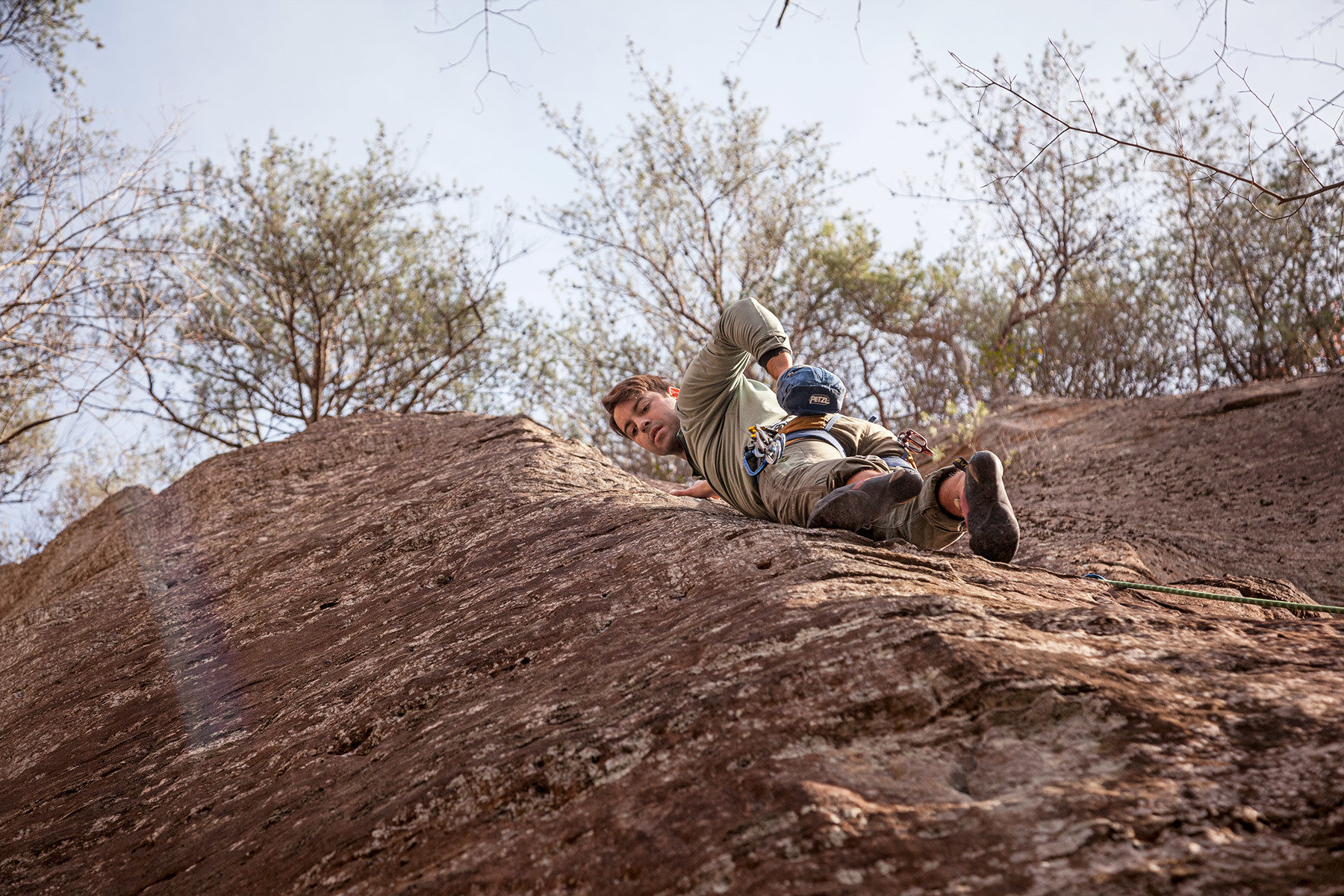
Styles of Climbing:
- Bouldering
- Top roping
- Sport
- Trad (traditional)
- Multi-pitch/Big Wall
- Free Solo
* Other styles of climbing we won't talk about:
- Alpinism / Mountaineering
- Ice Climbing
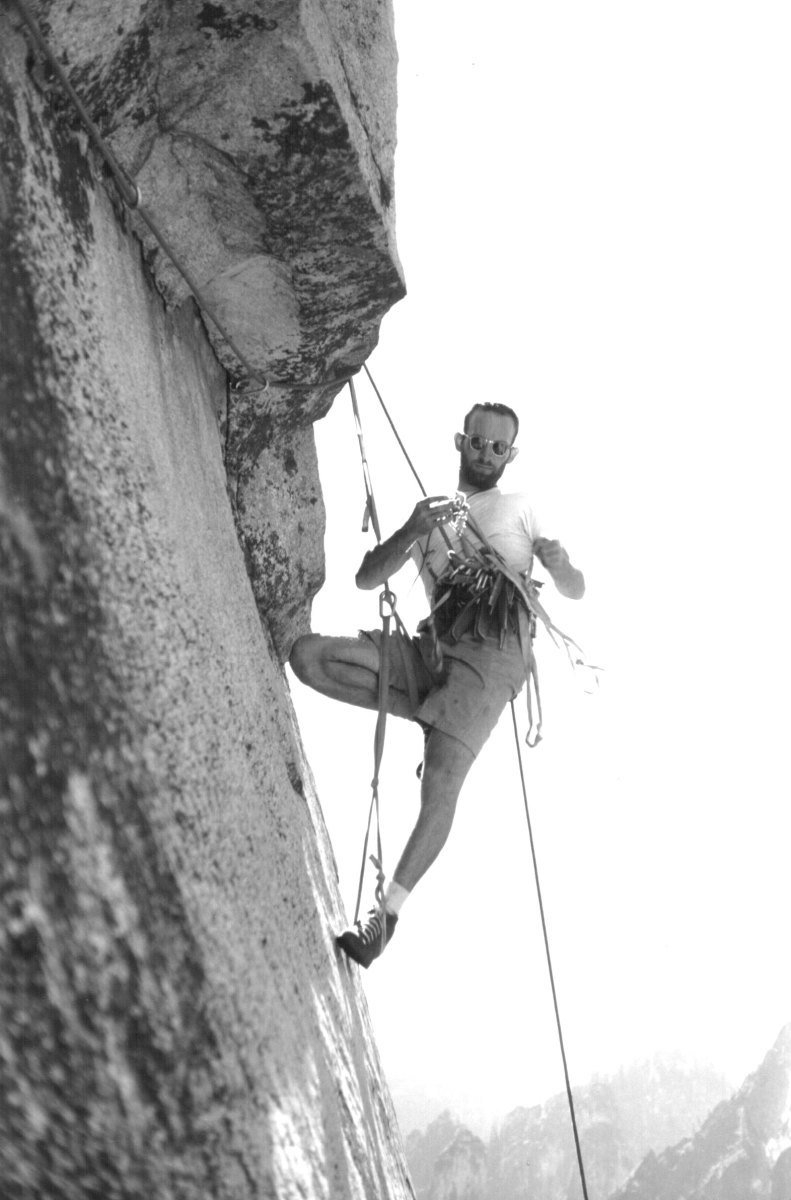
Bouldering
Climbing on smaller rock features (boulders), typically only up to around 10 feet off the ground, without ropes, using crash pads and spotters to protect falls. This style of climbing puts an emphasis on strong, difficult sequences.
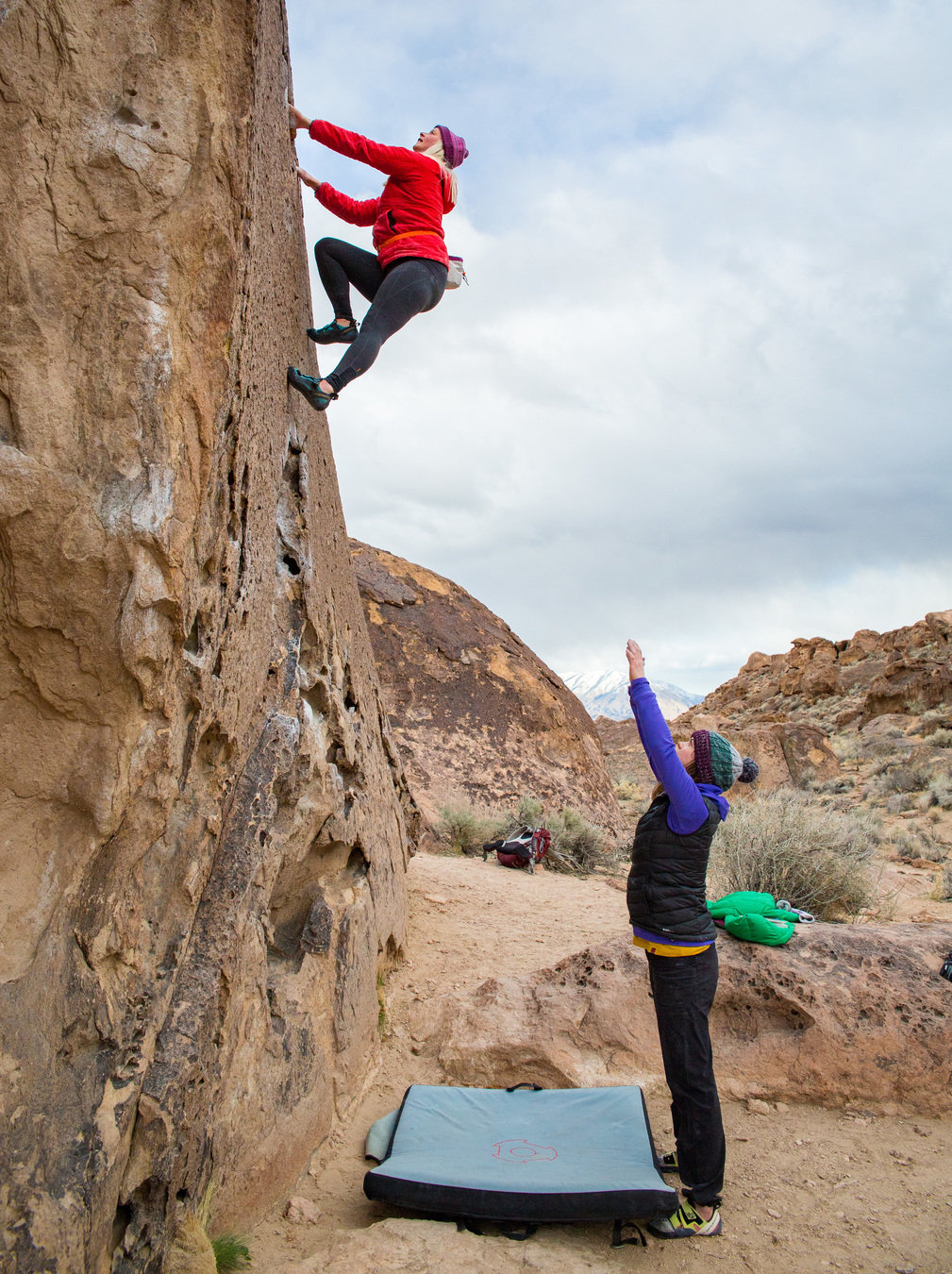
Top Roping
Climbing taller rock faces using a rope for protection that has been pre-rigged to an anchor point at the top of the climb. The climber is belayed by a partner at the base of the climb. In the case of a fall, if belayed properly, the climber will only drop a couple feet from where they let go of the rock. Generally the safest way to climb tall formations.

Sport Climbing
Climbing taller rock faces using a rope for protection that is periodically clipped through quickdraws clipped to bolts that have been drilled into the rock ahead of time. The climber is belayed by a partner and in the case of a fall they will fall at least twice the distance between them and the last bolt they clipped, but if managed properly, still safely.

Trad Climbing
Climbing vertical faces that have no bolts or pre-rigged protection, requiring the climber to place temporary protection with gear like cams or nuts/stoppers that are wedged into cracks, and will protect a climber if they fall, but can be removed after the climb.
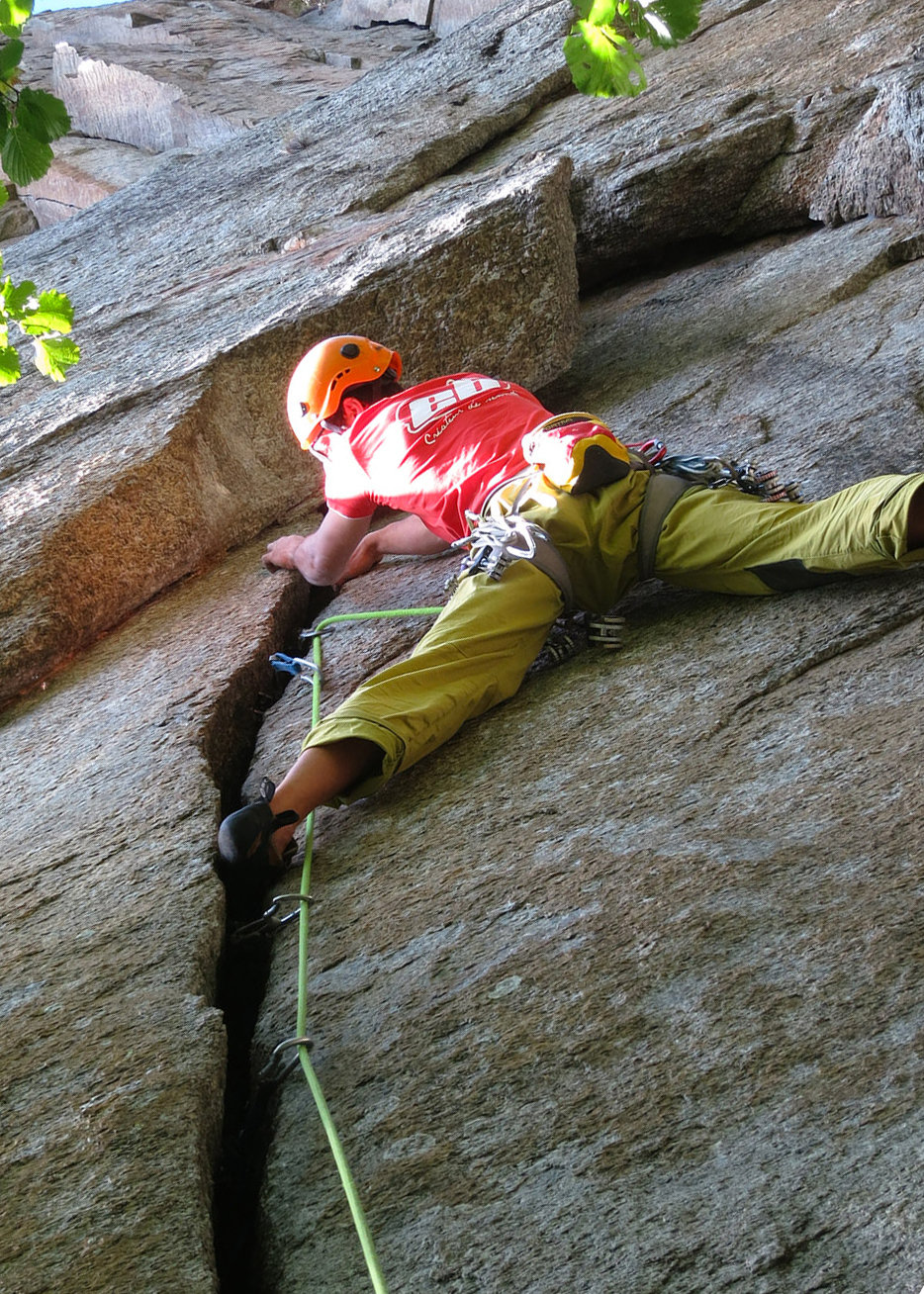
Multi-pitch / Big Wall
Climbing large rock formations too tall to climb with a single rope length, requiring breaking the climb up into multiple pitches. Climbs can range from a few pitches and a couple hundred feet, to dozens of pitches and thousands, sometimes taking several days to climb.

Free Solo
Climbing larger formations without the use of a rope for protection — this is definitely the most dangerous form of climbing, and a fall while soloing would most likely be fatal.
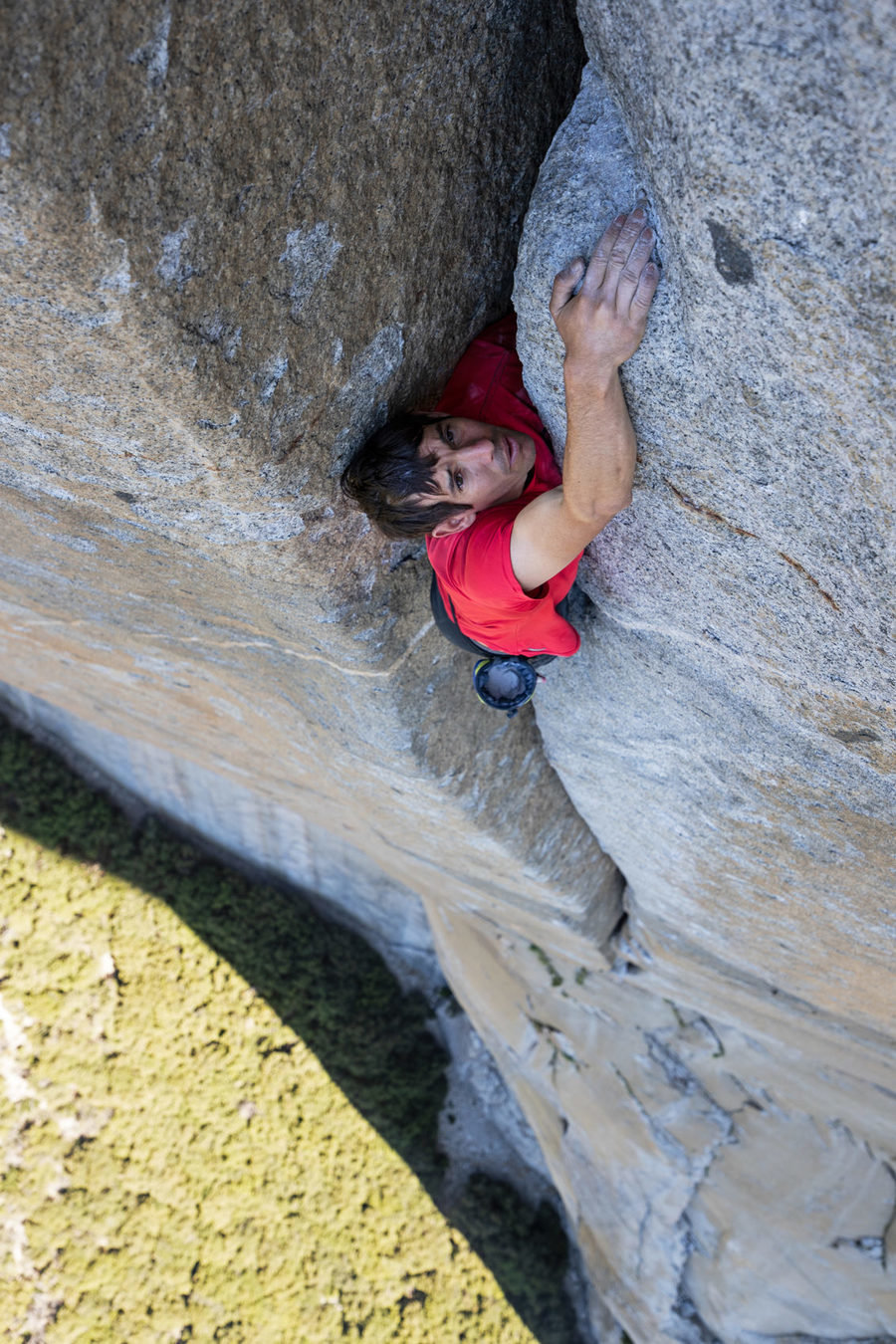
Gear
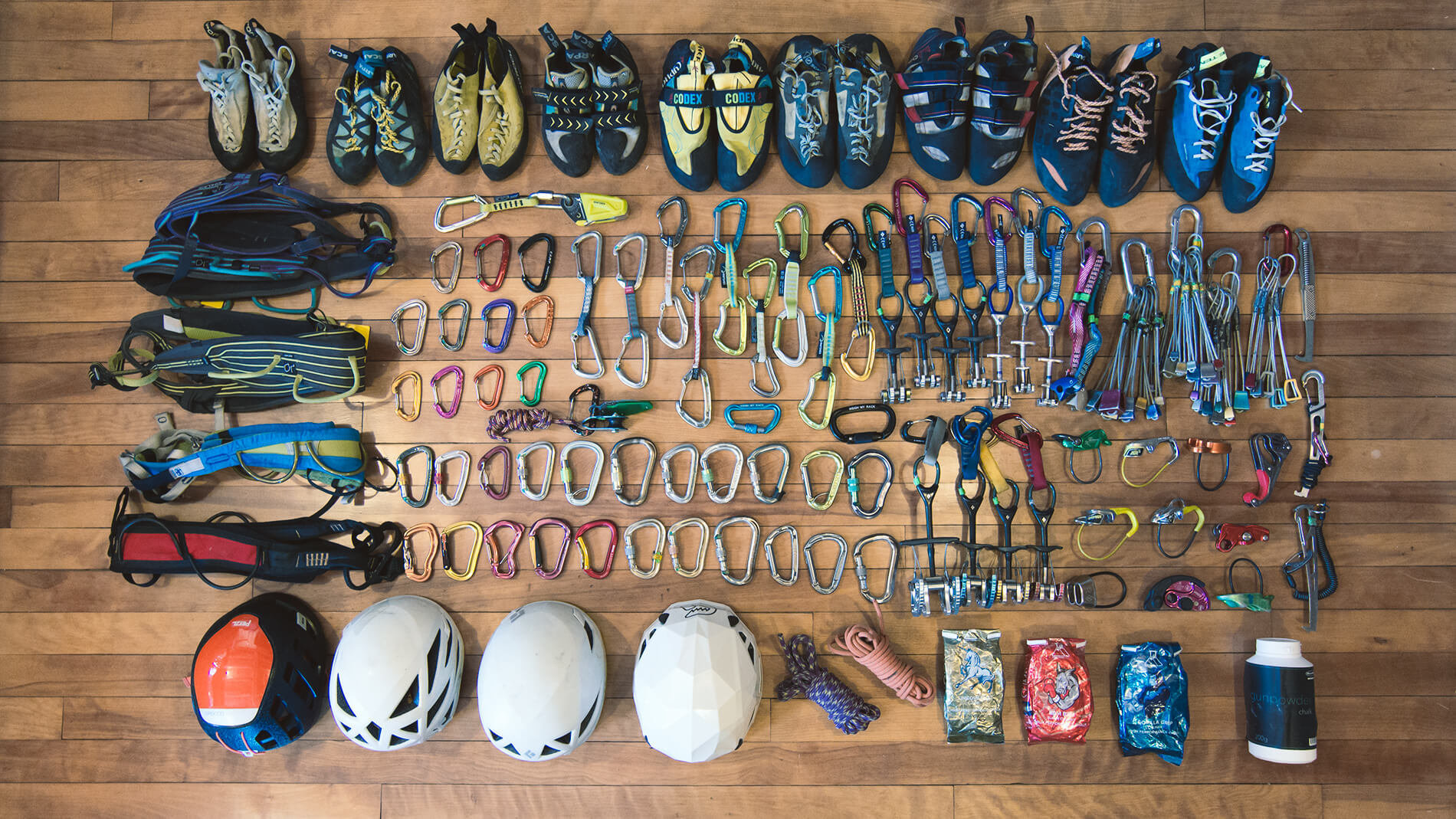
Belay Devices
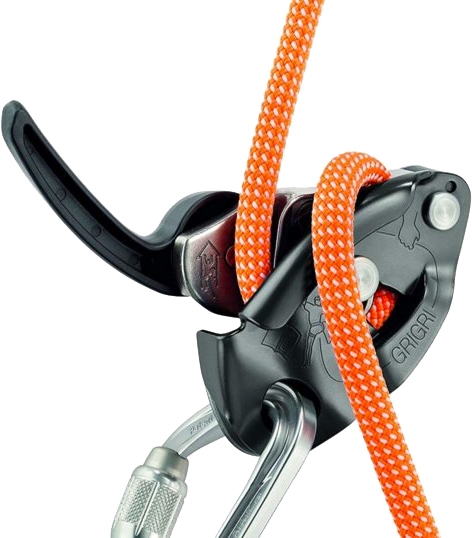
grigi
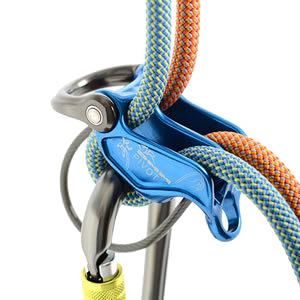
atc
Protection:
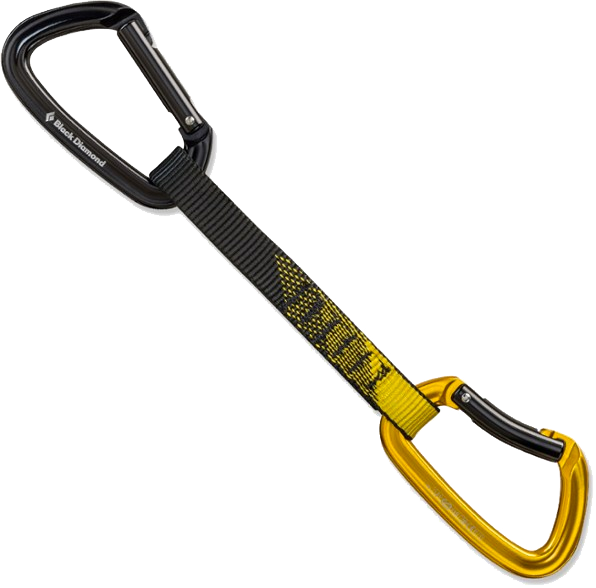
Quickdraws

Bolt + hanger
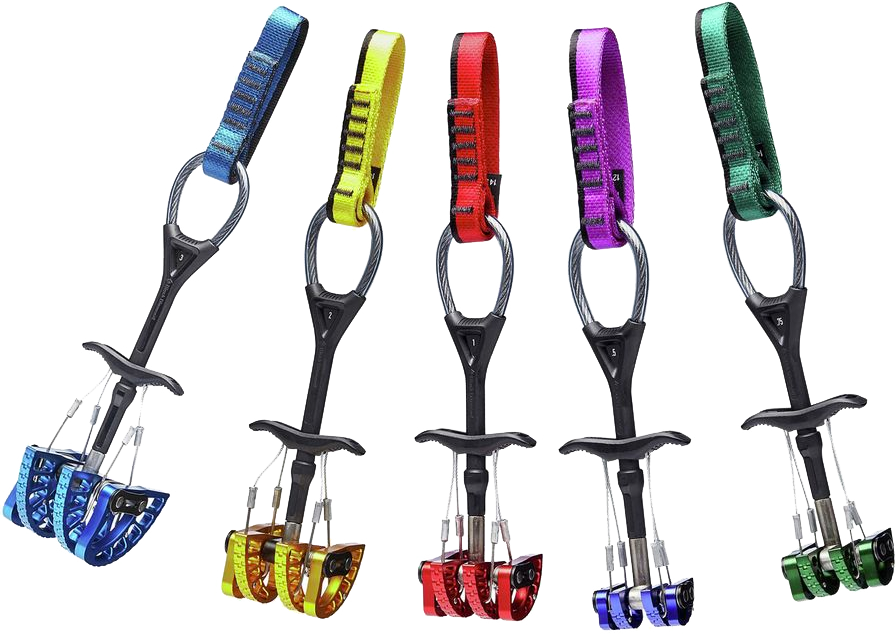
Cams
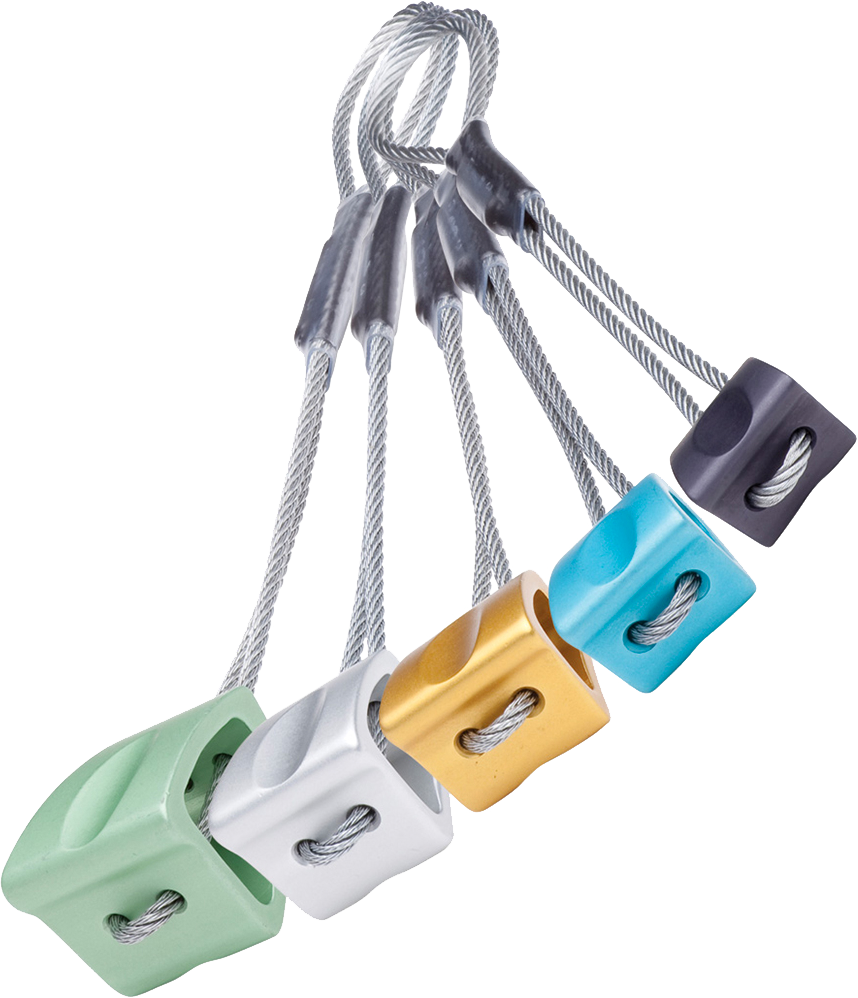
Nuts/stoppers
Anchors
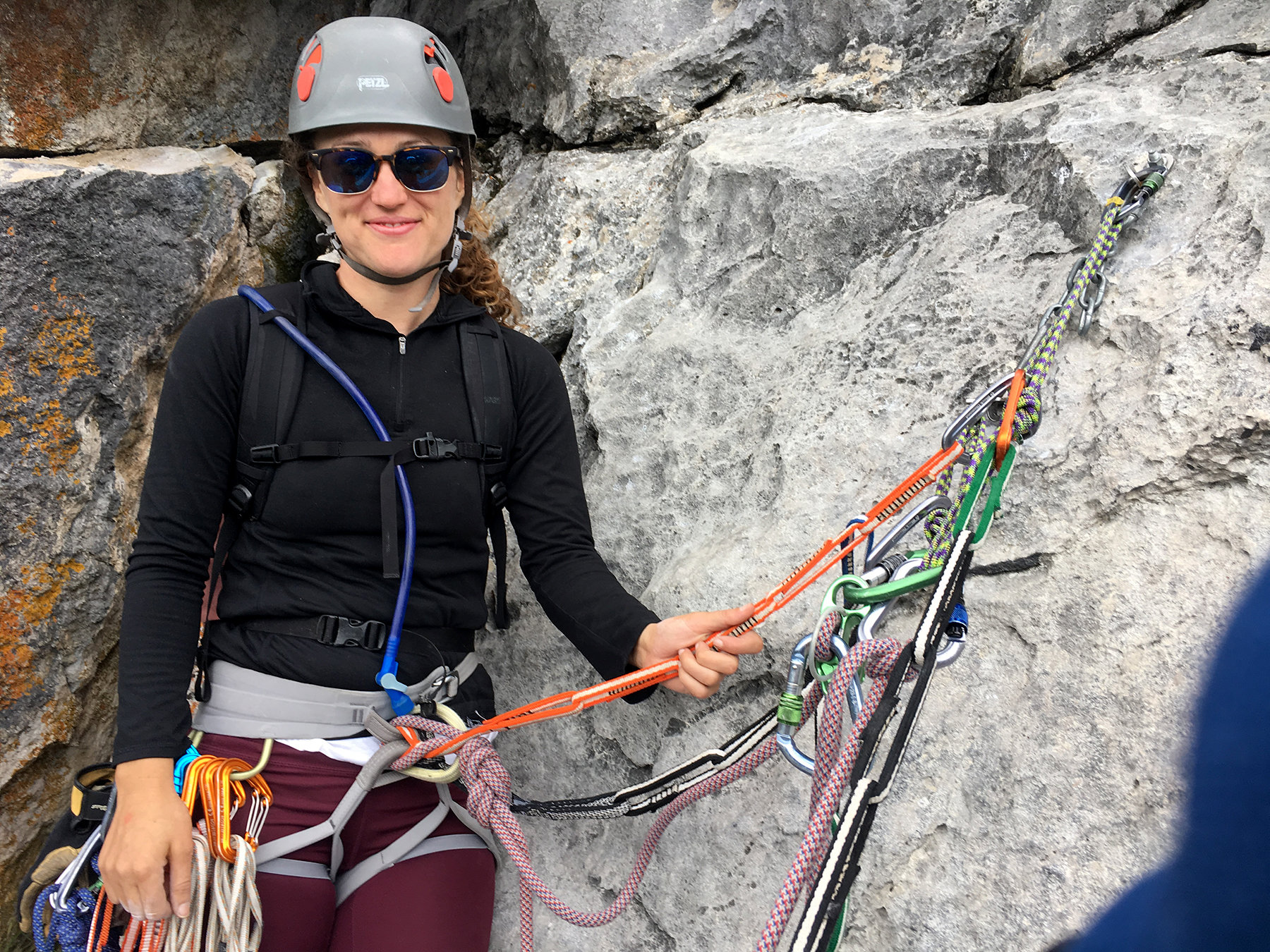
Anchors
Anchors are often established by route setters that drill in permanent bolts with hangers for climbers to use as anchors, but sometimes you need build an anchor using temporary protection like cams and nuts, or even a sling or length or rope rapped around a tree trunk or boulder.
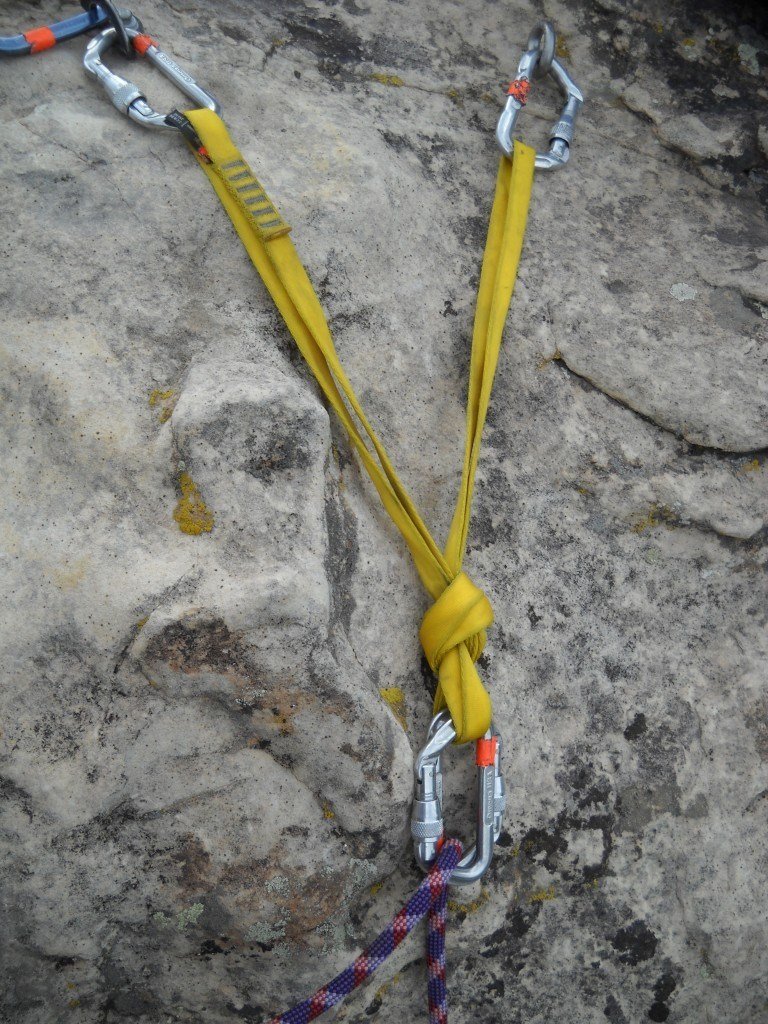
Bolt Anchor
Trad Anchor
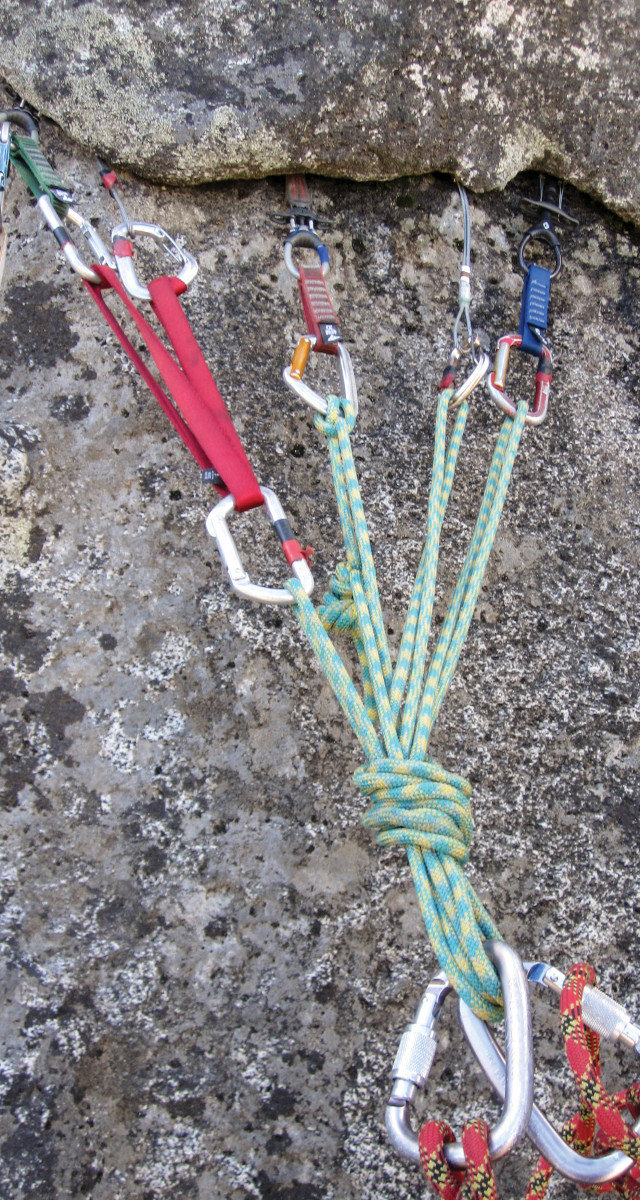
Tree/Boulder Anchor
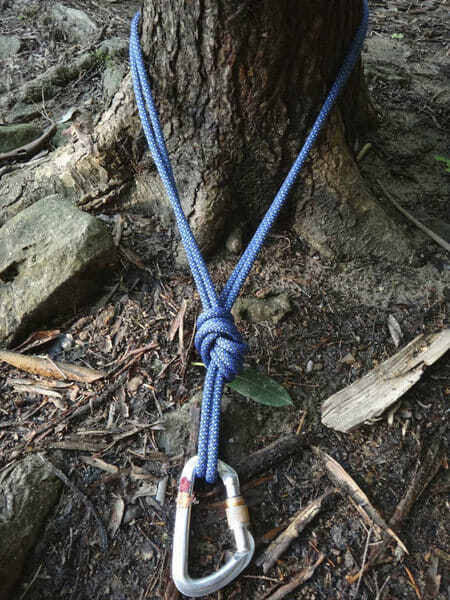
Rappelling / Retreat
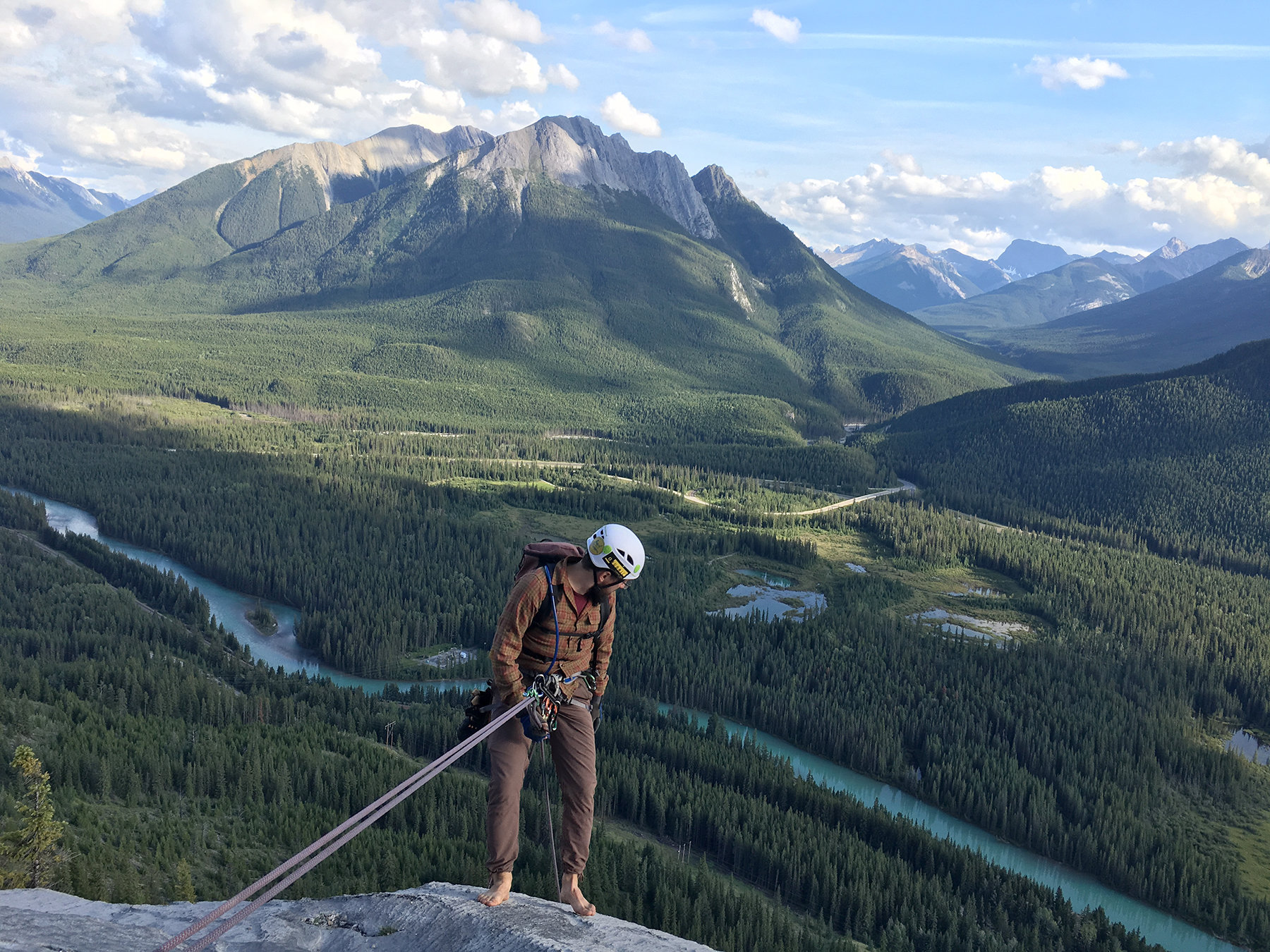
Rappelling
Retreating from a climb can sometimes be as easy as hiking off the back side of a formation, but most often requires rapelling down the formation. Using permanent anchors already in place, or building temporary anchors, the rope is threaded through a ring and the climber rappels down the length of the rope, using both strands, allowing them to pull the rope through the ring from the bottom of the rappel. This is often done in several stages in order to reach the bottom of a tall climb.
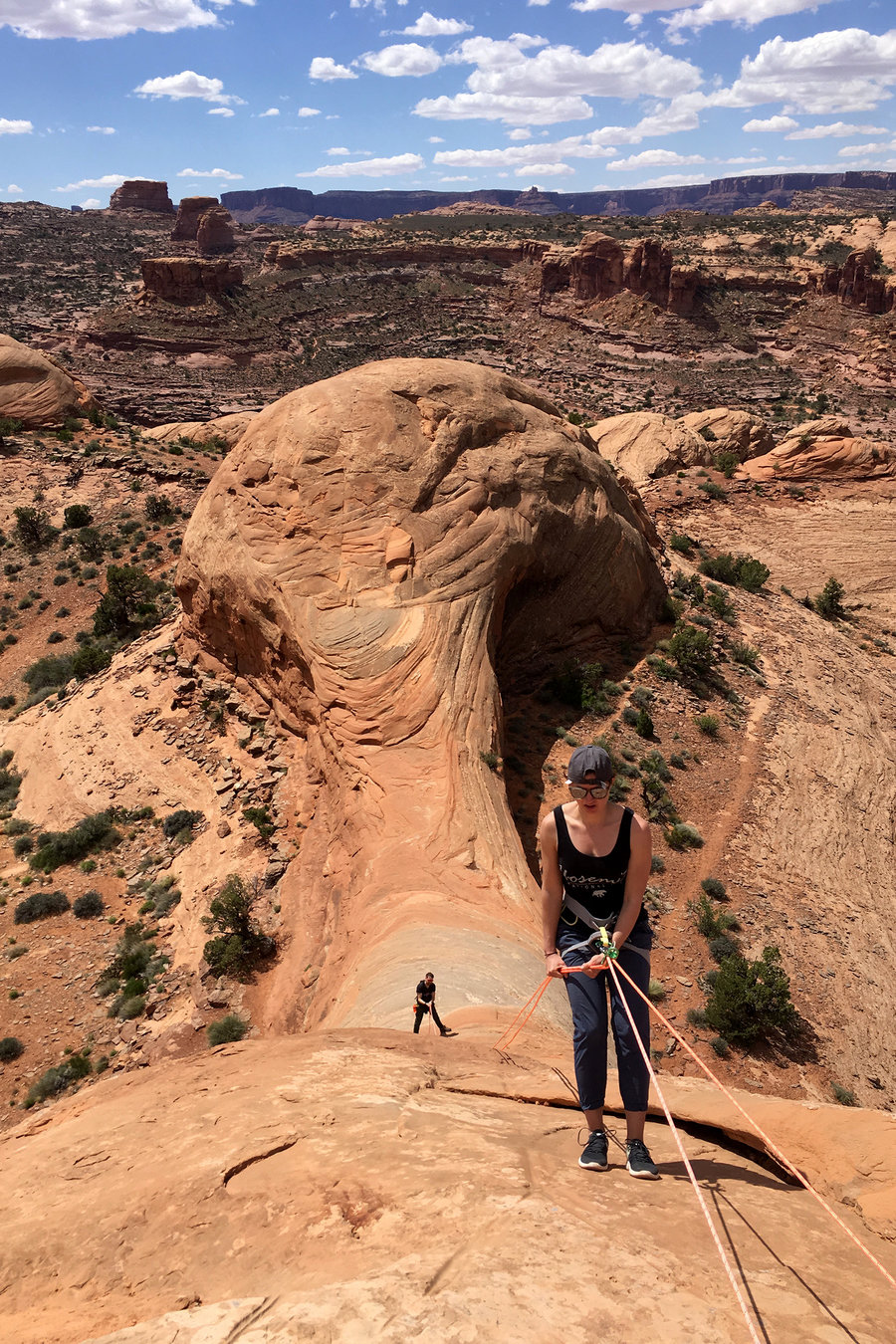
Go Climbing!
Climbing Rocks
By matt-soria
Climbing Rocks
An introduction to Rock Climbing
- 962



